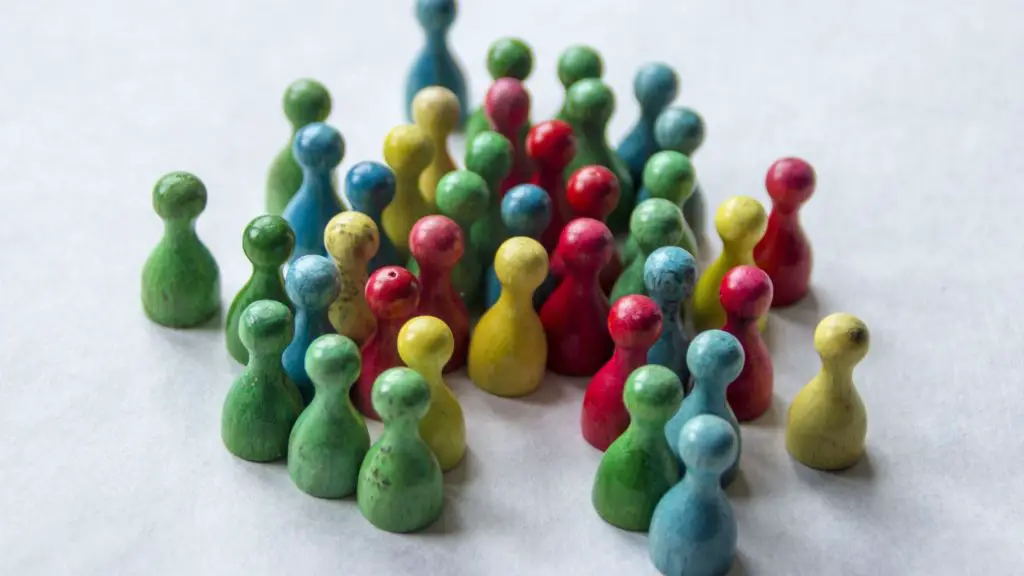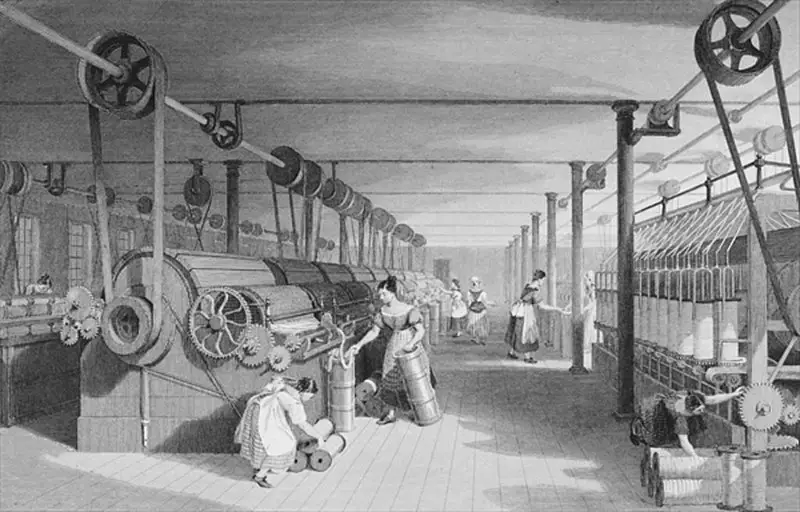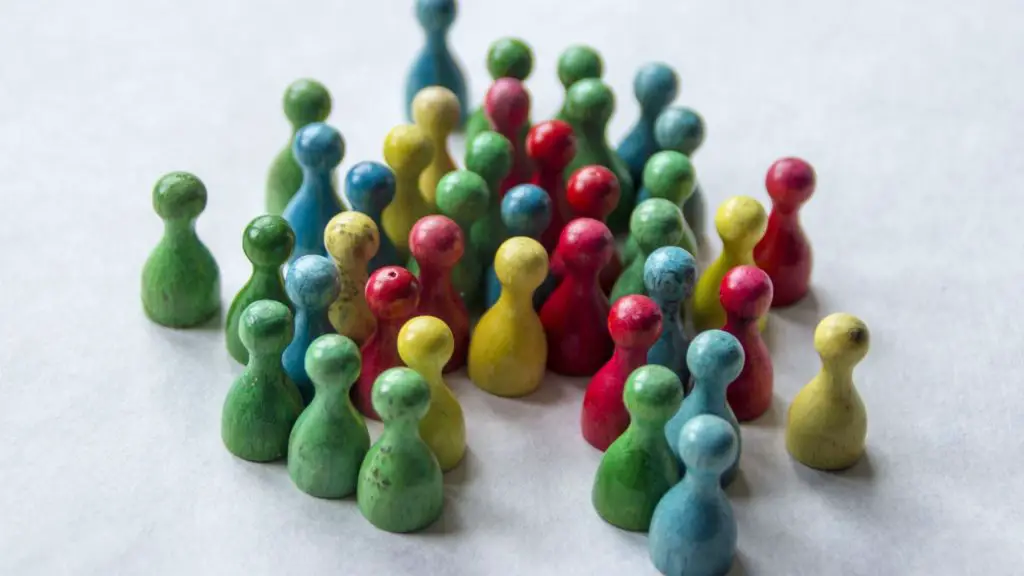Social Change and Future Trends

Want to know how society’s values are replaced over time? Or how its structures change their form? Here’s an interesting article that will bring you to a deeper perspective on the causes of social change.
Click below to go to the main reviewer:
Table of Contents
- Factors of Social Change
- Theories of Social Change
- References
- Download Article in PDF Format
- Test Yourself!
Factors of Social Change
Any significant changes in the societal and cultural patterns will likely cause social change (alteration of human interactions and social structures).
This is a universal phenomenon but cannot be predicted in a definite manner. All changes in society will, in turn, yield consequences—affecting the future trends, the individuals’ lives, and their status quo (current structures, values, and state of a group) either for short or long-term.
Social movements and other collective behaviors are acknowledged by sociologists as the top factors in inspiring societal shifts. However, there are also other key factors that play a vital role in prompting social change.
One of them is technological innovations.
The historical evolution of societies is largely defined and directed by the epoch’s technological advancement. During the pre-industrial society, most of the production from factories and mills were dependent on power from water, wind, man, and even horses. But the introduction of the technology of steam engines greatly changed the way of life of the members of society, paving the way for the rise of the Industrial Revolution.

As societies continue to develop technologies, infrastructures, and industries, the modernization process began where it all the more increased the differences among structures and in the amount of work specialization.
At present, with the invention of new technologies, we can see the obvious direction of industrial societies into becoming a digital or information society (post-industrial society), which is centered on producing information and services.
These advancements brought about by technology benefit many and have made lives easier; but because of the difference between developed and developing countries, the unintended effect of technological innovations is the digital divide. This term is used to describe the increasing gap among regions that have access to communications technology and modern information and those who do not have or little means to acquire it.
Another thing that bears an impact on social order is the physical environment.
Natural disasters such as earthquakes, hurricanes, volcanic eruptions, tsunamis, and droughts have resulted in social disorder and continue to pose threat to the stability of a society.
Climate change has forced several populations to migrate especially those who are leaving near coastlines and waterways as they are more vulnerable to flooding due to rising sea levels and storms.
Many groups are advocating for environmental sustainability or the degree to which the quality of human life is improved and its activities are sustained without undermining the earth’s supporting ecosystems.
But most of the environmental issues today are also closely linked to economic, cultural, and political factors that historically shaped power relations and the unequal access of regions to resources.
Sociologists have identified a pressing concern called environmental racism, where ethnic and racial minority groups and members of the low-socioeconomic class have a disproportionate exposure to hazardous and dangerous items such as toxic waste facilities, dust, and other sources of environmental pollution. In effect, these minorities have recorded higher rates of chemical poisoning, cancer, and even birth defects.

The population has profound implications on social change as well.
The population composition (composed of fertility, mortality, and migration rates) and its size will most likely cause changes in the way many of its social institutions deliver services.
In fact, it will be a determining factor as to how social institutions should be organized in order to continuously address the needs and concerns of its population.
For instance, if an area’s fertility rate (number of born children) is high, economic growth is hampered and this is reflective of the lack of access to birth control and education. Usually, the fertility rate is always lower than the fecundity number or the measured number of offspring that women of childbearing age could give birth to.
In contrast, a high mortality rate (the measure of the frequency of death’s occurrence in a given population within a particular time interval) might indicate poorer standards of living and unavailability of quality health services in the region.
Another factor in the population that is relevant to society’s order is migration or the people’s voluntary or forced movement into and out of a specific area.
This movement can either be in the form of immigration or emigration. Immigration is the movement of permanent residence into a new area; whereas emigration means leaving an area to reside in another place. The difference is in the action; to immigrate is to enter another country or place where you’ll establish your permanent residence whereas to emigrate is to leave a country or place to permanently settle in a foreign country.
Any substantial changes in the population will create a domino effect on society’s structures and institutions.

Last in this list are social institutions (mechanisms of social order with the goal of addressing the needs of society).
When an area in a single institution shifts, all social institutions will bear the impact since they are interconnected.
Family, religion, and school, for example, play big parts in molding the cultural values and behaviors of individuals through socialization (a lifelong process of internalizing society’s values, norms, and beliefs, which help an individual adapt and adjust.)
But a change in the dominant message propagated by the media on its various platforms will likely influence what society might consider as normal and acceptable. Moreover, studies find that many of the social ills can be traced back to the collapse of the family—the most essential structure of society.
All of the factors mentioned above are interconnected. Because of this relationship, it will take an in-depth study to identify what is the primary cause of a change in society as just one substantial movement might trigger the other aspects of change as well.
Theories of Social Change
In order to understand and explain social change, sociologists make use of the three main theories called evolutionary, functionalist, and conflict theories.
Evolutionary theory is inspired by the work of Charles Darwin and his theory on biological evolution. Its view states that all societies move in specific directions—progressing continuously. This state of a higher level is achieved using scientific methods, as August Comte assumed.
Together with him is Emile Durkheim and Herbert Spencer, who believed that all societies go through the almost similar order of stages of evolution toward a common end, from having simple to more advanced and complex social structures. These comprise the unilinear evolutionary theories.
On the other hand, an American sociologist laid on the table a different view called a multilinear evolutionary theory. Gerhard Lenski Jr., (1924-2015) proposed that societies undergo through different lines and that change does not necessarily steer in the same direction.
Leading functionalist sociologist, Talcott Parsons (1902-1979), emphasizes that society’s natural state is balance and stability. In his equilibrium theory, changes that stem from factors like population and technology will threaten the social order, unless other aspects of society will make appropriate adjustments.
Equilibrium will be disrupted temporarily, but continuing progress will occur once society moves toward finding balance.
If the equilibrium theory thinks of social change as a disruption to society’s homeostasis, conflict theory sees it as desirable and necessary. Karl Marx noted that societies do not improve and progress over time, but argued that each stage proceeds to harsher exploitation of the poor and favorable situation for those in power.
From its basic assumption that social structures contribute and help maintain inequalities, social change, particularly the socialist revolution, is the way to emancipate people and regain freedom.
References
Cliffsnotes. (n.d.). Models of Social Change. Retrieved from https://www.cliffsnotes.com/study-guides/sociology/social-change-and-movements/models-of-social-change
Little, W. (2014). Introduction to Sociology – 1st Canadian Edition. Victoria, B.C.: BCcampus. Retrieved from https://opentextbc.ca/i
Lumen. (n.d.). Social change. Retrieved from https://courses.lumenlearning.com/sociology/chapter/social-change/
Next topic: Important Figures in Sociology
Previous topic: Social Change and Current Trends
Return to the main article: The Ultimate Social Science Reviewer
Download Article in PDF Format
Test Yourself!
1. Practice Questions [PDF Download]
2. Answer Key [PDF Download]
Written by Arleia Agustin
Arleia Agustin
A graduate of Bachelor of Arts in Sociology, Arleia Agustin took interest in research and writing during her collegiate years. The time she spent at the University of the Philippines Los Baños taught her the essence of social sciences, to understand the society in each of its facets, and to believe that it could be changed for the better. She loves to read, dream, observe and discover beautiful stories of the people she encounters.
Copyright Notice
All materials contained on this site are protected by the Republic of the Philippines copyright law and may not be reproduced, distributed, transmitted, displayed, published, or broadcast without the prior written permission of filipiknow.net or in the case of third party materials, the owner of that content. You may not alter or remove any trademark, copyright, or other notice from copies of the content. Be warned that we have already reported and helped terminate several websites and YouTube channels for blatantly stealing our content. If you wish to use filipiknow.net content for commercial purposes, such as for content syndication, etc., please contact us at legal(at)filipiknow(dot)net
